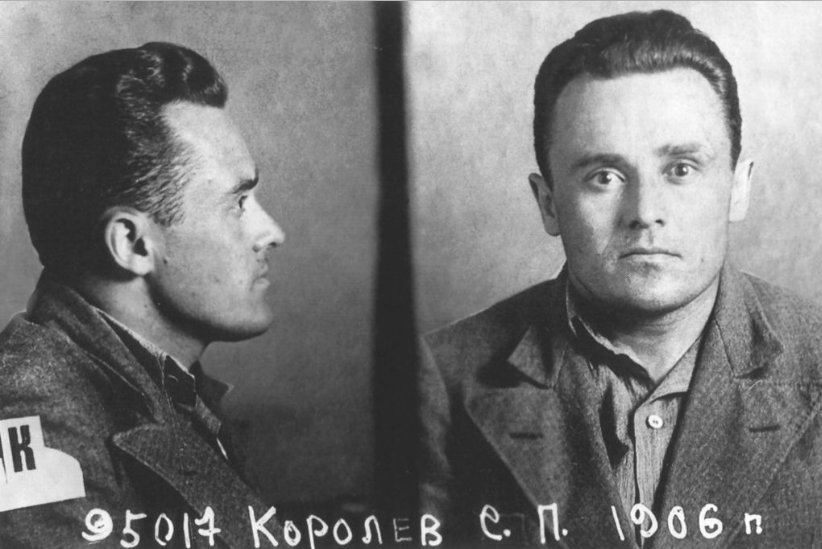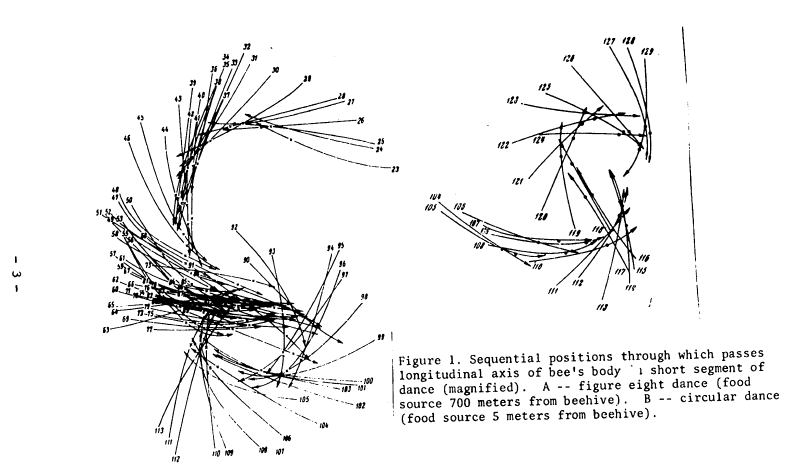Distilling the Essence of Communism: Retrospective Highlights from Readex’s Final Release of Joint Publications Research Service (JPRS) Reports, 1957-1994
Here’s a question to ponder as Readex completes its digitization of JPRS Reports: what have we learned about socialism from the totality of this collection? What can we characterize as the grief and promise of Marx’s and Mao’s and Lenin’s legacy based upon the material that the U.S. government has painstakingly gathered through open-source intelligence over almost forty years?
If Lenin’s own deathbed wishes had been heeded for Trotsky’s ascension to power over the headstrong Stalin, things would have turned out far differently for the Soviet Union, and so as well for the rest of us. The Soviet people demonstrated epic bravery and resolve during the Great Patriotic War, only to squander their achievement through an insistence on literally iron-clad borders in Europe and the Soviet republics. When Yeltsin and Gorbachev dragged the Politburo screaming and kicking back to reality, the empire was finally undone in true Hegelian fashion by the negation of negation, which is to say, glasnost [openness].
And what of China? The Chinese chose a different path to power, hardly less authoritarian but more pragmatic, certainly more measured and flexible. China holds much of the sovereign debt of the United States today, and is America’s rival for superpower status. China began to diverge from the Soviet model back in the 1960s. China’s dictatorship of the proletariat was more modest in scope, more willing to adjust to external circumstances, and their success is plain to see.
There’s certainly more to JPRS Reports than China and the Soviet Union, of course. But in saying that, one has to recognize that everything the United States collected was colored through the prism of the Cold War; Red is the most visible wavelength of that era.
A Model for Medium-Range Economic Planning, by B.N. Mikhalevskiy
Ekonomika i Matematicheskiye Metody [Economics and Mathematical Methods], Moscow, Vol. VI No. 4, 1970.
Can there be anyone more blindly optimistic (or fatalistic?) than a Soviet industrial planner? They spent untold hours divining the perfect balance of resources and productive capacity—only to watch their leaders harangue the toilers into pursuing that result in a significantly shorter time span with fewer inputs—thus ensuring chaos and scrapping those carefully laid plans wholesale. What’s the point of a five-year plan when it will be vigorously prosecuted as a four-year plan?
Even today, with our vastly improved computing power and global markets, we regularly witness national economies running off the rails. The Russians were pushing their economy over a cliff in the name of progress and nationalism. It was economic self-sabotage on a grand scale.
This report is indexed with the subjects: “Economic growth;” “Mathematical models;” and “Planning.” It deals with “structural imbalance” in the Soviet economy, so it cuts to the core of the dilemma of centralized planning.
Intrafactory Mechanism for Economic Reform, by B. Mil’ner and V. Polyanskiy
Ekonomicheskaya Gazeta [Economic Gazette], No. 49, December 1966.
Here’s a concrete example of the pernicious tendency noted above in that most Soviet of industries, tractor production. If any industry were to have figured out how to balance inputs and outputs, it should have been the tractor industry. Yet here they are in 1966 still arguing about coordinating their production beyond the loading dock of each individual factory:
...in order to have effective economic stimulation it is necessary to have uniformity in the indices according to which the work of the enterprise as a whole and that of its subdivisions are evaluated. This means that whereas planning and accounting prices for shop output was formerly considered a secondary, internal enterprise matter, it now acquires enormous economic importance.

Conversation with Soviet Sculptors L.Ye. Kerbel’ and L.D. Muravin on Chinese Artists, Traditions, the Cultural Revolution and the Red Cross
Sovetskaya Litva [Soviet Lithuania], Vilnius, 11 December 1966.
The Russians and the Chinese share a great passion for the arts. Leaving aside the glaring interpolation of “Red Cross” for “Red Guards” in the translation of the title, this report celebrates poetry and sculpture—and wishful thinking for a time when China and the Soviet Union weren’t at loggerheads regarding “peaceful coexistence” with the West.
Case in point: here the Soviet sculptors L.Ye. Kerbel’ and L.D. Muravin are lamenting the destruction by the Chinese Red Guards of a monument to Soviet-Chinese friendship in Shanghai. The Red Guards was a student revolutionary movement devoted to Mao Zedong that engaged in violent campaigns against anything and anyone they interpreted as bourgeois. The movement was eventually suppressed, but not before it had devastated countless cultural sites and killed thousands of people.
Artificial Modification of Atmospheric Processes
Trudy Ukrainskogo Nauchno-issledovatel'skogo Gidrometeorologicheskogo Instituta [Proceedings of the Ukrainian Scientific-Research Hydrometeorological Institute], No. 192, 1973.
The attitude of treating nature simply as matter to be subjugated is an artifact of communism, where even history had to be scientific. Nature becomes just so much stuff to be conquered (heroically, by the tireless masses), whether it comes to the damming of rivers or the exploration of space.
Weather modification is a good example of the Soviet fixation with molding natural processes to fit communist ideals. It’s ironic that today we’re discussing climate change as a slow-motion catastrophe while arguing over our own complicity in that result.
Rise of Science Centers in Siberia, Far East Territory Traced, by M.A. Lavrent’yev and A.A. Trofimuk
Priroda [Nature], Moscow, No. 1, 1970.
Here we have the romance of slide rules in the snow. This report is a brief survey of the founding of the Siberian Division of the USSR Academy of Sciences. However, no mention is made of the hard truth that the Kremlin sent many of its best and brightest off to die in the howling wilderness out of sheer political perversity.
The father of the Soviet space program, S.P. Korolev, interrupted his stellar career to spend time mining for gold on meager rations, closer to Beijing than Moscow; Solzhenitsyn himself was a mathematician, and suffered a similar fate before he became a Nobel laureate describing the horrors he witnessed in the gulags.
Those few academics who somehow survived their exile in the icy East deserve a great deal more credit than is paid to them here. Look at Korolev’s eyes in the photograph below. This man was brilliant. He was the Soviet Union’s best hope for beating the U.S. in the space race, and he was unjustly betrayed by his own colleague. The government sent him to Siberia, and for what, exactly? Yes, the U.S. coddled a number of Nazi scientists so Americans could plant flags on the Moon. But look at Korolev’s eyes. What was he thinking, and more to the point: what was his government thinking?

Unified System of Reflecting Spatial Relations of Outside World in Honeybee Apis Mellifera L., by S.V. Pankova
Doklady Akademii Nauk SSSR [Reports of the Academy of Sciences of the USSR], Moscow, Vol. 192 No. 5, 1970.
We’ve pointed out a number of deficiencies in Soviet society in the above, yet that criticism should be limited mainly to their form of government and its economic organization. When left to their own initiative and intuition, the Soviet people are capable of greatness. Think of their natural scientists, and their renowned ballet. Now put those two thoughts together and consider the honeybee.
This report features that most communal of animals, the honeybee, as the scientist teases out its communication through dance of how matters stand outside the hive. With the demise of the Soviet Union, perhaps the Russian government will come one day to trust its own people, rather than erect physical and ideological barriers that thwart their aspirations and potential.

For more information about Joint Publications Research Service (JPRS) Reports, 1957-1994, or to request a trial for your institution, please contact readexmarketing@readex.com.



